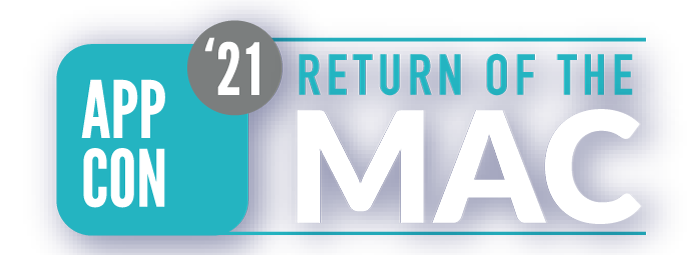As you probably heard, virtual AppCon’21 returned in September, and this M.A.C. (Mini AppCon) focused on infrastructure and federal programs supporting broadband deployment. As a quick reminder, our first M.A.C. of 2021 covered all things connected health and pandemic response and M.A.C. 2 addressed issues around competition and standard-essential patents (SEPs). Those M.A.C.s took place earlier this year, and you can read all about them here.
Infrastructure Week
Americans depend on the internet to access healthcare services, education opportunities, and participate in the global app economy. Unfortunately, more than 20 million Americans currently lack access to broadband connections, leaving them on the wrong side of the digital divide. The complications of work and school from home during COVID-19 amplified this ever-present issue tenfold and was another driving force behind the tsunami of members who joined us for Infrastructure Week to advocate for rapid and widespread broadband deployment and more accurate broadband mapping across the United States.
Our members huddled on Zoom at the end September for M.A.C. 3 to discuss how to advance the broadband and workforce development provisions of the infrastructure bill across the finish line and into law. Throughout the week our members met with key congressional committee staff and Federal Communications Commission officials to talk about the critical role broadband and equitable access to broadband plays in the overall success of the app economy, growth of our workforce, and success of small businesses, and to underscore the immediate need for Congress to pass the bipartisan infrastructure bill.
Taking ACTion
In meetings with congressional staff, we heard from members like Benny Pekala of member company Birdwell Solutions from the great state of Wisonsin. Benny noted that areas like Madison and Milwaukee have a lot of economic growth and a robust tech community, primarily because it’s easier (and cheaper) to access the internet in those areas. But unfortunately, as soon as you leave those hubs, access becomes more challenging. Benny discussed his concerns as a small business owner, particularly concerns that many potential clients cannot access Birdwell’s services just because they were on the wrong side of the digital divide.
Our members don’t just provide business development services; they’re creating apps that help save lives. Qyana Stewart of GlobalForce Tech created an app with a therapist that helps young men and women of color deal with trauma. The app provides mental health services, resources, and counseling for those who need it. She explained that the vast majority of the patients using her app have access to a smartphone, and most access the internet almost exclusively through those mobile devices, so accessing people through an app is key. Their phones, and the cellular connectivity, become a lifeline, so access, or barriers to access including cost, play a huge role in quality of life and overall health/access to healthcare. When they experience issues with slow connections or spotty coverage throughout their urban environment, it could be potentially harmful to their overall health, let alone their ability to access internet for school or work, especially during the pandemic.
Meetings with Federal Communications Commission (FCC) Chairwoman Jessica Rosenworcel, as well as Commissioner Brendan Carr, allowed our members to see firsthand actions the agency is taking to bridge the digital divide. Our members used these meetings, in addition to the meeting with the office of Commissioner Starks, to amplify issues around rural broadband deployment and mapping.
Becca Williams, of Thought Distillery, located in rural Colorado, explained that after hearing about fellow App Association member Julie Yack’s experience at past AppCons, she and her husband not only looked at the broadband maps but canvassed the areas they considered for their potential new home. Thanks to the information they had from Julie’s internet nightmare, they found a home located in a well-serviced area. Becca went on to explain that she runs her business entirely remotely, and as a global product strategist she has clients around the world. Reliable internet access is critical for her to work, and as she noted, more and more people are moving out of cities to gain a lower cost of living while maintaining high levels of work, and reliable broadband access is critical for that.
In order to bridge the digital divide, we need to have an accurate picture of the served, underserved, and unserved parts of the country and have a clear understanding of the data. Andrew Brust, of Blue Badge Insights, explained that while reliable internet access was key for his business and the work he does in big data analysis, his biggest concern is mapping, particularly how we tend to look at coverage in a high-level way. Andrew’s business is located in uptown Manhattan, an area we generally think of as densely populated and therefore deem it a “high coverage area.” The reality is, in densely populated areas, coverage changes from neighborhood to neighborhood, block to block, building to building, and even floor to floor. Even more troubling, often the gaps in coverage are in low-income neighborhoods or zoned housing.
In Conclusion
Our members come together, not only to create life-changing technology, but to advocate for an environment that benefits all members of the app economy. They create the way we experience our virtual lives, from connected health and education platforms to apps that help other small businesses in their community connect with each other – our members show up. And it’s time for Congress to do the same.
We urge Congress to swiftly pass the bipartisan infrastructure bill – it’s time to close the digital divide.
